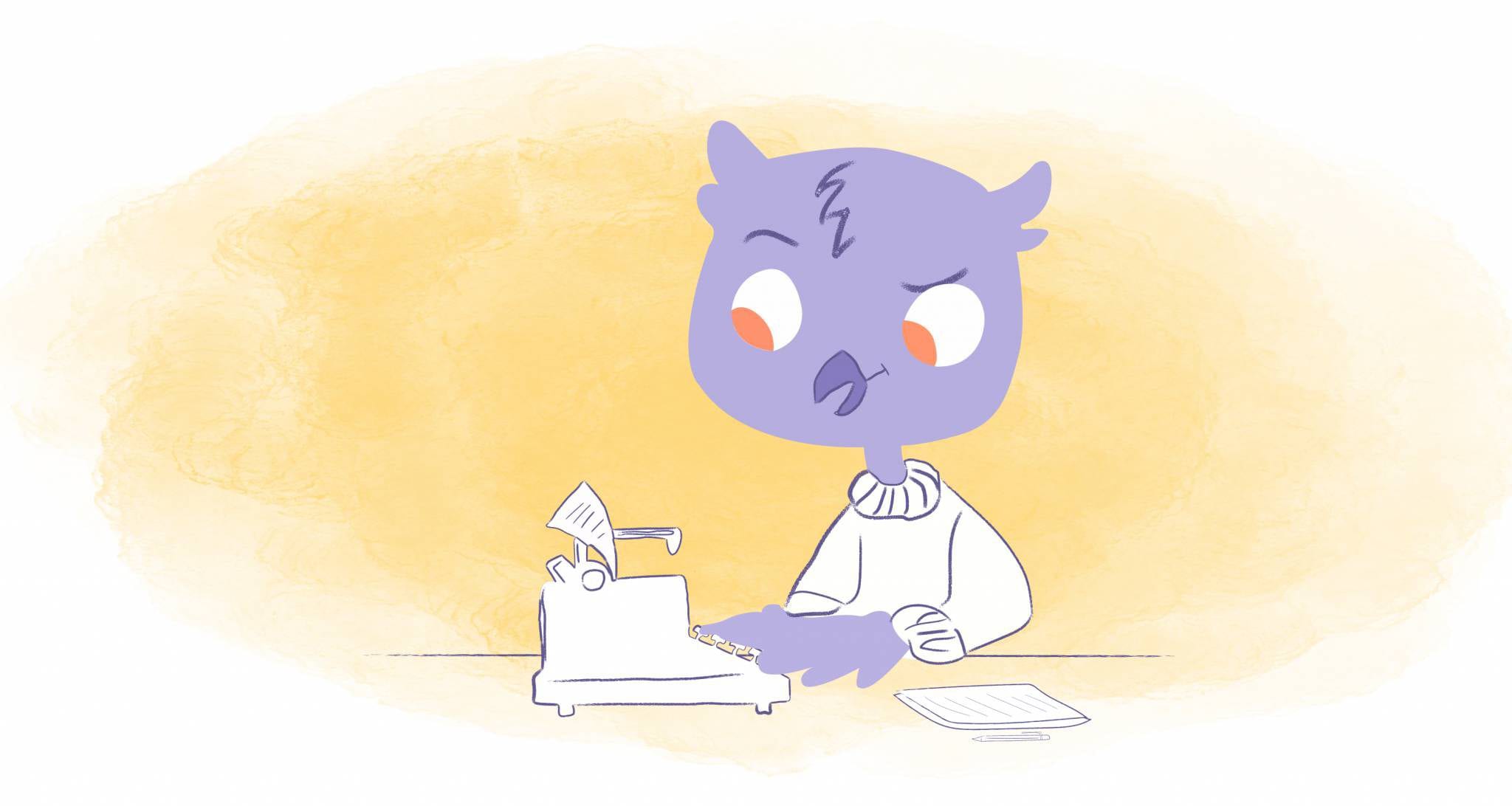

In today’s fast-paced business landscape, proficiently managing a boss’s calendar is nothing short of an art form. We’ve curated a treasure trove of practical tips and innovative strategies to help our dynamic leaders excel and maximize their time. Our comprehensive guide titled “Meeting Efficiency for Leaders: Streamline Boss’s Calendar Like a Pro” is designed to empower you with essential skills to prioritize the agenda effectively, establish time management strategies, foster effective communication techniques, delegate and empower team members, utilize the right technology solutions, and regularly review and evaluate meeting progress. Dive into our ingenious article and effortlessly transform your role into an unbeatable timekeeping maestro, ensuring your boss’s schedule runs smoothly like clockwork.
Prioritize the Agenda
Prioritizing the agenda is key to streamlining your boss’s calendar and effectively enhancing meeting efficiency. When you take the time to clearly establish the importance and expected outcomes of each agenda item, it helps develop a focused and productive meeting. An easy way to prioritize is by categorizing items into “urgent,” “important,” and “routine” discussions. Also, acknowledging the distinctive goals of each attendee allows the meeting to address their concerns effectively and generate better results.
To demonstrate the significance of prioritizing the agenda, consider a meeting where the primary goal is to address crucial budget allocations. Rather than diving headfirst into debating the budget allocations at the beginning of the meeting, allocate time for a brief update on a recent event relevant to the team’s operations. This allows attendees to settle in and focus on the crucial discussion ahead. Utilize smooth transitions such as phrases like “moving on to our main concern for today” to emphasize the importance and connect sections in the agenda, making the meeting more cohesive. Ultimately, by strategically prioritizing the agenda, leaders can facilitate streamlined meetings focusing on the most essential topics, maximizing efficiency, and boosting team productivity.
Establish Time Management Strategies
Time management strategies are essential for leaders looking to meet their efficiency goals. By systematizing the boss’s calendar and prioritizing tasks, executives can optimize their time usage, delegate duties effectively, and sharpen their overall focus. One practical approach is the ‘Eisenhower Matrix,’ which categorizes tasks into four quadrants based on their urgency and importance. Leaders can use this method to evaluate their daily responsibilities and concentrate on what truly matters. Additionally, other proven techniques, such as the Pomodoro Technique, promote better focus by breaking work into timed intervals with short breaks in between. These strategies contribute significantly towards increasing leaders’ productivity.
Implementing these time management strategies can substantially benefit the entire team. For instance, a well-organized boss’s calendar sets a positive example and encourages employees to hone their time management skills. This results in enhanced office productivity and reduced stress among team members. Moreover, efficient task delegation allows leaders to allocate their valuable time to critical decision-making and fosters a work environment that prioritizes teamwork and communication. By mastering these strategies, leaders set the stage not only for their own success but also for the prosperity of their organization.
Effective Communication Techniques
Effective communication techniques are crucial in optimizing a leader’s calendar and ensuring meeting efficiency. By utilizing clear, concise language and setting expectations beforehand, leaders can avoid confusion and misinterpretations that often lead to wasted time in meetings. For example, using written agendas and pre-meeting briefs can help attendees be better prepared, encouraging focused discussions and reducing the need for lengthy catch-up periods. Additionally, integrating various communication tools, such as video conferencing and collaborative platforms, can increase attendees’ engagement and participation, ultimately resulting in a more productive use of the allocated meeting time.
To further enhance meeting efficiency, leaders should establish a feedback loop that enables continuous improvement in communication practices. This can be achieved by regularly soliciting input from participants on meeting format, content, and overall effectiveness. Adopting a “less is more” approach, eliminating unnecessary or redundant communication, can also contribute to increased productivity. By prioritizing key messages and communicating efficiently, leaders can drive effective decision-making and action from their team members. Combining these communication techniques with a well-organized calendar will empower leaders to streamline their schedules and boost productivity.
Delegate and Empower Team Members
Delegating tasks and empowering team members is essential to meeting efficiency for leaders. When employees are actively involved in decision-making, their sense of ownership and commitment to the project increases, improving productivity and job satisfaction. For instance, a study conducted by the Harvard Business Review found that highly empowered teams exhibit a 21% increase in efficiency compared to their less empowered counterparts. By entrusting team members with specific responsibilities, leaders free up valuable time on their calendars and promote a collaborative work environment where each individual’s unique skills and talents are valued and utilized.
To effectively delegate tasks and empower team members, communication is key. Leaders should clearly articulate expectations, provide necessary resources, and establish trust in the team’s capabilities. A great example of this is Google’s Project Aristotle, which aimed to identify key factors driving the success of their teams. The research found that psychological safety, a shared belief within a team that they can freely express their thoughts and ideas without fear of reprisal, is the most critical aspect of high-performing teams. Encouraging open communication and providing regular feedback are crucial elements in fostering such an environment. Transitioning towards a culture of delegation and empowerment streamlines a leader’s calendar and paves the way for a highly efficient and motivated team where innovation and creativity thrive.
Utilize the Right Technology Solutions
One way to enhance meeting efficiency for leaders is to embrace appropriate technology solutions that can simplify scheduling and boost productivity. Investing in reliable time-management software, such as calendar management tools or virtual assistants, will significantly lessen a boss’s calendar burden. For example, using tools like Microsoft 365 or Google Workspace allows synchronization of calendars, seamless scheduling, and efficient time management. These tools also provide real-time data analytics to optimize meeting durations, minimizing unnecessary and unproductive meetings. Furthermore, virtual assistants such as Zirtual or Time Etc can provide additional support for bosses by prioritizing urgent items and ensuring smooth work processes.
Incorporating meeting management tools like Doodle, Asana, or Trello can further help streamline a leader’s agenda, ensuring smooth and well-executed meetings. These platforms facilitate easy communication among team members, allowing them to contribute, collaborate, and share ideas more effectively. By leveraging the strengths of these applications and platforms, leaders can foster a more cooperative and efficient work environment, reducing the need for lengthy and poorly planned meetings. With the right combination of tools and a proactive approach to streamlining their calendars, bosses can achieve more productive results in less time, ultimately expanding their capacity for critical tasks and improving their overall performance.
Regularly Review and Evaluate Meeting Progress
Consistently assessing and evaluating meeting progress is crucial in maintaining overall meeting efficiency for leaders. Regularly analyzing meeting outcomes allows you to identify any recurring issues, streamline discussions, and ensure that tangible results are achieved. For example, one way to gather feedback is by conducting a survey or a quick staff poll to collect suggestions and constructive criticism. Proper evaluation provides valuable insights into employee engagement and meeting relevance and helps to determine whether adjustments need to be made for future meetings. This data-driven approach promotes continuous improvement, ensuring everyone’s time is respected and utilized effectively.
In addition, smooth transitions are utilized to maintain a seamless flow of ideas from one topic or agenda item to another, minimizing disruptions and optimizing time spent on each discussion area. Implement transitional techniques, such as using connecting words (e.g., “however,” “consequently,” “furthermore”) or signposting phrases (“moving on to…,” “now let’s discuss…,” “next, we will cover…”), to help maintain structure, coherence, and logical progression throughout the meeting. By incorporating these well-crafted transitions, leaders can drive the conversation forward, create a positive atmosphere, and encourage better participant collaboration. This precise method of streamlining will ultimately result in higher-quality meetings and improved overall efficiency.
Closing Thoughts
In summary, mastering the art of meeting efficiency is essential for today’s leaders to optimize their Calendar and maximize productivity. Leaders can ensure that their meetings remain focused and outcome-driven by prioritizing the agenda, establishing time management strategies, and employing effective communication techniques. Empowering team members through delegation and harnessing the correct technology solutions further contribute to streamlined meetings, ultimately saving valuable time and resources. Regularly reviewing and evaluating meeting progress ensures continuous improvement, resulting in a well-oiled machine where meeting efficiency transforms into a competitive edge within the organization.
[Related: Celebrating the Unsung Heroes: National Meeting Planners Appreciation Day]
Frequently Asked Questions
How can I prioritize my boss’s agenda for better meeting efficiency?
Creating a prioritization system is critical to streamlining your boss’s calendar. Categorize items into “urgent,” “important,” and “routine” discussions. This helps develop focused and productive meetings while effectively addressing each attendee’s unique goals and concerns.
What are some time management strategies for improving meeting efficiency?
Use proven time management approaches like the Eisenhower Matrix to help you categorize tasks based on urgency and importance, allowing leaders to focus on what truly matters. Additionally, consider employing techniques such as the Pomodoro Technique, which enhances focus by breaking work into timed intervals with short breaks.
How can effective communication techniques contribute to better meeting efficiency?
Utilize clear, concise language in written agendas and pre-meeting briefs to avoid confusion and encourage focused discussions. Integrating a variety of communication tools, such as video conferencing and collaborative platforms, can increase engagement and participation from attendees, leading to more productive use of meeting time.
How can I empower my team members to enhance meeting productivity?
Delegate tasks and involve team members in decision-making to improve their sense of ownership and commitment, increasing job satisfaction and productivity. Foster a work environment with open communication, trust, and regular feedback to encourage a collaborative and efficient workplace.
Which technology solutions can aid in meeting efficiency?
Invest in reliable time-management software, such as calendar management tools or virtual assistants, to streamline scheduling and improve productivity. Incorporate meeting management tools like Doodle, Asana, or Trello to facilitate easy communication, collaboration, and idea-sharing among team members.
Why is it important to regularly review and evaluate meeting progress?
Regular analysis of meeting outcomes helps identify recurring issues, streamline discussions, and ensure tangible results. Gathering participant feedback and employing smooth transitions during meetings can maintain structure and coherence throughout, resulting in higher-quality meetings and improved overall efficiency.











Howie Jones
My name is Howie and I'm a Customer Success Manager at Calendar. I like to ensure our customers get the best experience using our product. If you have questions email me howie at calendar.com